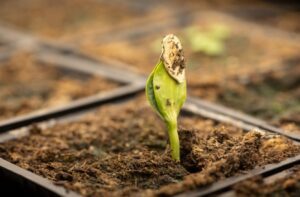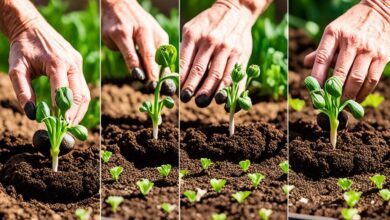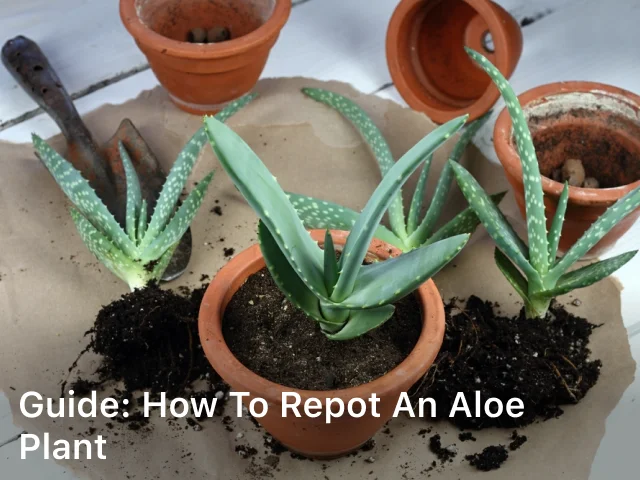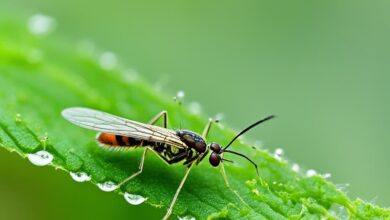Tutorial How to Plant Squash Seeds

envirocarecentral.com.Tutorial How to Plant Squash Seeds – Learn the art of planting squash seeds with expert tips and FAQs. Grow healthy squash in your garden and enjoy homegrown goodness.
Planting squash seeds is a rewarding endeavor for both novice and experienced gardeners. The vibrant colors, delicious flavors, and versatility of squash make it a popular choice for home gardens.
Whether you’re aiming for zucchinis, pumpkins, or butternut squash, this comprehensive guide will walk you through the process, sharing expert insights and tips for a successful harvest.
How to Plant Squash Seeds
Squash seeds are easy to grow, and with the right techniques, you can enjoy a bumper crop. Here’s a step-by-step guide on how to plant squash seeds:
Choosing the Right Location
Select a sunny spot in your garden with well-draining soil. Squash plants thrive in full sunlight, so ensure they receive at least 6-8 hours of direct sunlight daily.
Preparing the Soil
Prepare the soil by adding organic matter such as compost or well-rotted manure. This enriches the soil and provides essential nutrients for healthy squash growth.
Seed Selection
Choose high-quality squash seeds from a reputable supplier. Look for varieties that suit your climate and garden space.

Seed Spacing
Plant squash seeds 1 inch deep in rows, leaving 2-3 feet of space between rows. For bush varieties, space the seeds 2-3 feet apart, while vining varieties should be spaced 4-6 feet apart.
Watering
Water the seeds thoroughly after planting. Keep the soil consistently moist but not waterlogged throughout the growing season. Consider using a soaker hose or drip irrigation to maintain even moisture levels.
Mulching
Apply a layer of organic mulch, such as straw or wood chips, around the seedlings. Mulch helps retain soil moisture, suppress weeds, and regulate soil temperature.
Pest and Disease Management
Monitor your squash plants for signs of pests and diseases. Common issues include squash bugs, aphids, and powdery mildew. Use organic pest control methods to protect your plants.
Support for Vining Varieties
If you’re growing vining squash, provide support using trellises or fences. This saves space, improves air circulation, and keeps the fruit off the ground.
Harvesting
Harvest your squash when they reach the desired size. Use a sharp knife or pruners to cut the fruit from the vine. Regular harvesting encourages more fruit production.
Seed Saving
If you want to save seeds for the next season, allow some squash to mature fully on the vine. Scoop out the seeds, wash and dry them, and store in a cool, dry place.
FAQs (Frequently Asked Questions)
Can I plant squash seeds directly in the ground?
Yes, you can plant squash seeds directly in the ground once the soil has warmed up in the spring. However, starting seeds indoors a few weeks before the last frost date can give you a head start.
How long does it take for squash seeds to germinate?
Squash seeds typically germinate within 5-10 days when the soil temperature is around 70°F (21°C).
Do squash plants require a lot of maintenance?
Squash plants are relatively low-maintenance. Regular watering, pest monitoring, and occasional fertilization are usually sufficient for a healthy crop.
Can I grow different types of squash in the same garden?
Yes, you can grow different types of squash in the same garden, but make sure to provide adequate spacing between varieties to prevent cross-pollination.
What are some common pests that affect squash plants?
Common pests that can affect squash plants include squash bugs, cucumber beetles, and aphids. Be vigilant and take preventive measures to protect your plants.
When is the best time to harvest squash?
The best time to harvest squash is when they are young and tender, typically when they are 6-8 inches long for zucchinis. However, winter squash varieties should be left on the vine until fully mature.
Conclusion
Planting squash seeds can be a delightful and fruitful experience. With the right preparation and care, you can enjoy a bountiful harvest of this versatile vegetable. Remember to choose a sunny spot, enrich the soil, and provide proper care throughout the growing season.
By following the steps outlined in this guide and being attentive to your plants, you’ll soon be savoring the delicious flavors of homegrown squash.





